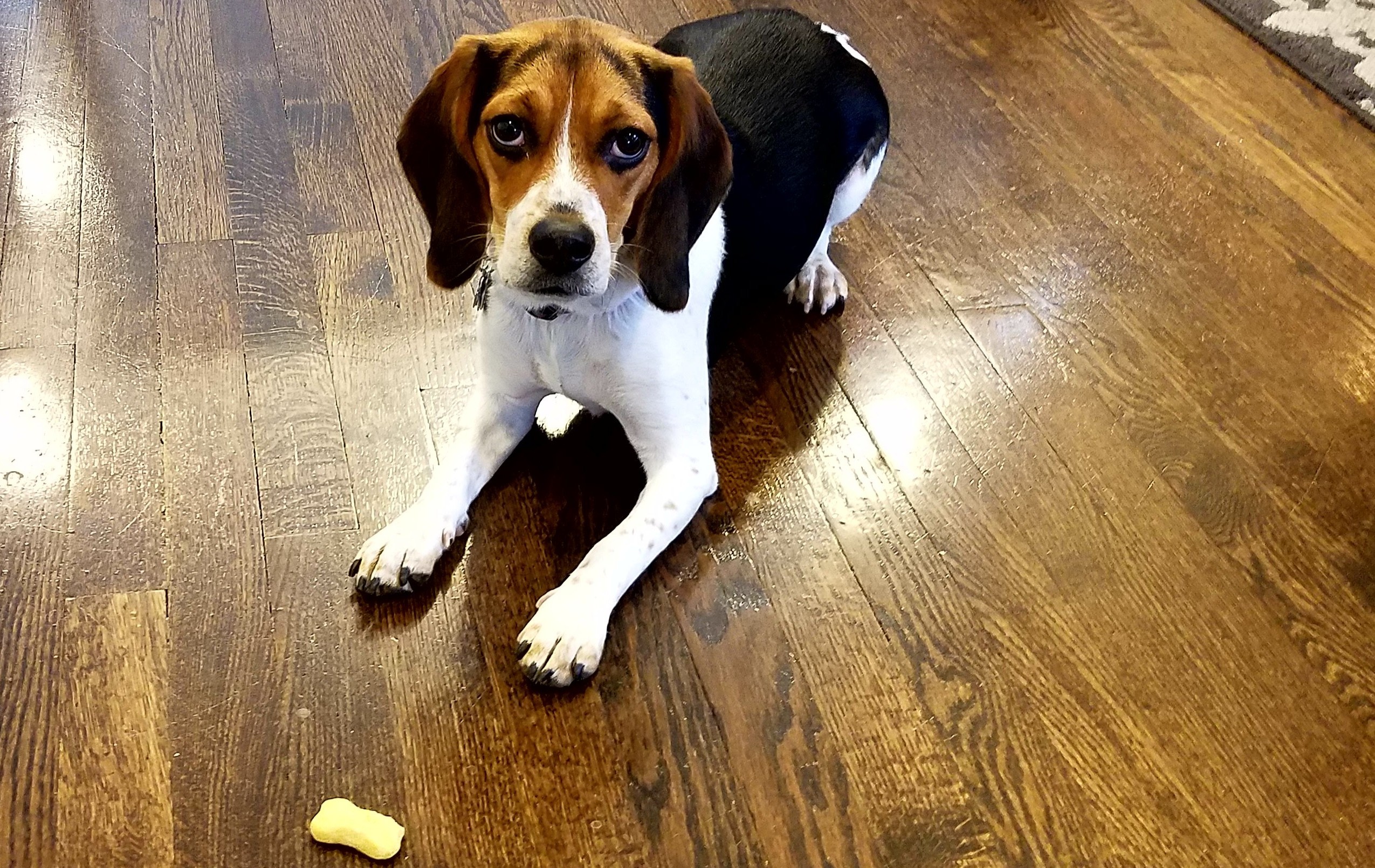Puppies begin learning the moment they open their eyes, but by 8 weeks of age, they’ve entered a powerful stage of brain development where learning is especially fast and lasting. This is known as the critical learning period—a brief window where your puppy’s curiosity, memory, and behavioral wiring are wide open.
During this time, your puppy is eager to explore, form associations, and engage with their environment. It’s the ideal time to begin teaching gentle, age-appropriate training skills that will set them up for success.

The critical learning period typically spans from 8 to 16 weeks of age, when puppies are developmentally primed to absorb information with minimal fear or hesitation.
Training introduced during this window tends to:
-
Be learned more quickly
-
Stick longer
-
Require less repetition
-
Reduce the risk of problem behaviors later
Waiting too long to begin training can lead to confusion, frustration, and missed opportunities—especially when it comes to everyday life skills. For example, this is the best time to teach your puppy not to jump on you, especially if they’re going to be big.

Early training isn’t about strict obedience or discipline—it’s about building trust and communication. Focus on short, positive sessions that cover:
-
Name recognition – Teach your pup to respond reliably to their name
-
Recall basics – Reinforce that coming to you is always a good thing
-
Crate training – Start slow and make the crate a safe space they will love
-
Handling practice – Gently touch ears, paws, and mouth to prep for vet/groomer
-
Calm attention – Reward eye contact and quiet behavior
-
Loose leash walking – Now is the time to teach a nice walk—not when they’re 40 lb and rambunctious
-
Jumping – It’s much easier to teach your puppy not to jump on people sooner than later
Keep sessions to 3–5 minutes, 2–3 times per day, more if you have the time. Use food rewards and end on a positive note.

While dogs can learn at any age, delaying training often means:
-
Slower learning curves
-
More unwanted habits to undo, often requiring hundreds of repetitions
-
Less confidence in new situations means you can’t take your dog everywhere like you thought you could
-
Higher frustration—for you and your dog
Early guidance builds predictability, bonding, and a sense of security in your pup. The longer you wait, the more challenging it may be to establish those core habits.

These are the two most critical skills I teach every client regardless of the dogs age or the reason they called me.
- The Name Game: Imagine if someone kept saying your name, but when you turned to look at them, they just gave you a pat on the head or a hug (which dogs don’t instinctively like by the way). They may sometimes speak to you, but in a language you don’t know. You’d eventually learn to ignore them. Download this FREE document on training your dog to be super responsive to its name.
- Hand Target: The hand target is my favorite skill because it has so many applications, primarily to get your dog to come to you at any time, aka a recall. But you can also use it to get your dog to get down off a couch, come in from the backyard, get away from your plant, give you the TV remote back, etc. Download this FREE document and get started on training this invaluable skill ASAP.

-
Several universities support starting your training early. Here are a few:
-
Several Studies support early training as well. Here are a few links to them:
- The NIH National Library of Medicine ( PubMed)
- MDPI (Multidisciplinary Digital Publishing Institute) is a Swiss-based, open access scientific publisher.
- Psychology Today’s summary of this study, “An Investigation into the Impact of Pre-Adolescent Training on Canine Behavior“
 Why 8 Weeks Is the Perfect Time to Start Puppy Training
Why 8 Weeks Is the Perfect Time to Start Puppy Training